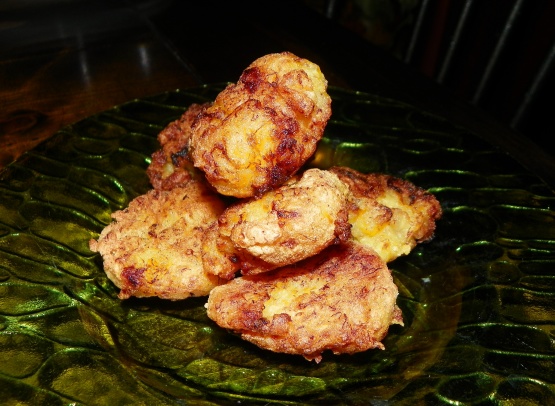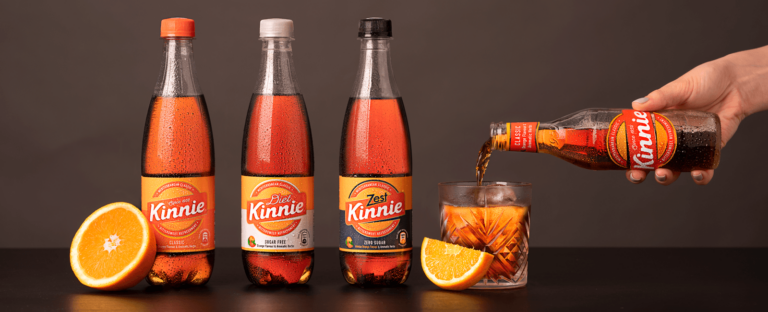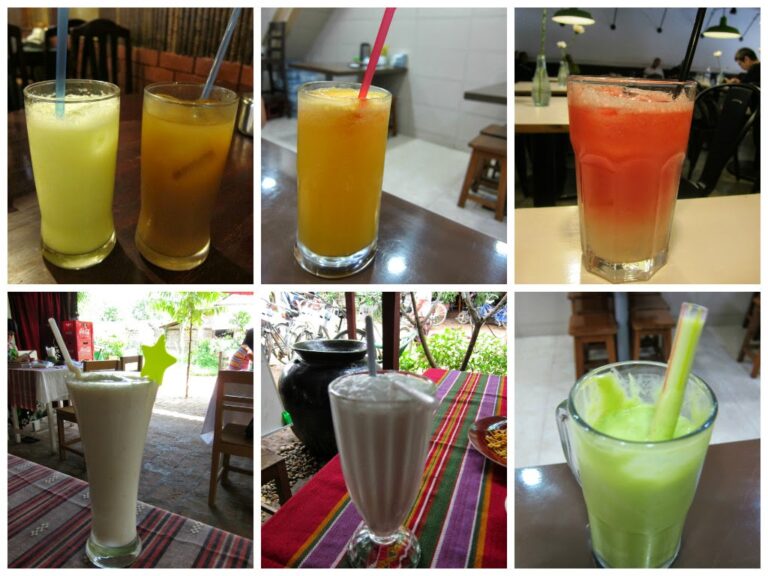Introduction: Exploring Malawi’s Beverage Scene
Malawi is a landlocked country in southeastern Africa that boasts a unique and diverse beverage culture. While the country may not be well-known for its beverages on the global stage, there are several popular beverages that are unique to Malawi. From tea to masese, carbonated soft drinks, and traditional alcoholic beverages, Malawians have a range of drinks to choose from that are representative of their rich cultural heritage and modern influences.
The Role of Tea in Malawian Culture
Tea is an important beverage in Malawi and is grown in the southern part of the country. Malawi is one of the largest tea producers in the world, and tea is a significant export for the country. The tea industry is also a major employer in Malawi, providing jobs for thousands of people. Tea is not only a popular drink in Malawi but also plays a significant role in the country’s culture. It is served at important gatherings such as weddings and is also offered as a sign of hospitality to guests.
Malawi’s Beloved Masese Drink
Masese is a traditional drink in Malawi that is made from fermented maize. It has a sour taste and is often mixed with sugar or honey to make it more palatable. Masese is a popular drink in Malawi, particularly in the rural areas where it is a staple of daily life. It is also widely consumed during traditional ceremonies and festivals. While masese may not be as well-known outside of Malawi, it is an important part of the country’s cultural heritage.
The Rise of Carbonated Soft Drinks
Carbonated soft drinks have become increasingly popular in Malawi in recent years, particularly among young people. Brands such as Coca-Cola and Pepsi are widely available, and many Malawians enjoy drinking them as a refreshing alternative to water. Soft drinks are also often served at social gatherings such as parties and weddings. While soft drinks are certainly not unique to Malawi, they have become an increasingly popular option in the country.
Malawi’s Alcohol Scene: A Closer Look
Alcohol is consumed in Malawi, but the country’s traditional alcoholic beverages are not as well-known as other African drinks such as South African wine or Nigerian palm wine. Traditional Malawian alcoholic beverages include kachasu, a distilled spirit made from sugarcane, and thobwa, a type of beer made from maize. While Malawi has a small brewery industry, the majority of beer consumed in the country is imported.
Conclusion: Malawi’s Unique Beverage Culture
Malawi’s beverage culture is a reflection of the country’s rich heritage and modern influences. From tea to masese, carbonated soft drinks, and traditional alcoholic beverages, Malawians have a range of drinks to choose from that are representative of their unique culture. While some of these beverages are well-known globally, others are less so, but all play a significant role in Malawian society. Whether you are visiting Malawi or simply interested in learning more about its culture, exploring the country’s beverage scene is a fascinating way to discover more about this African nation.










